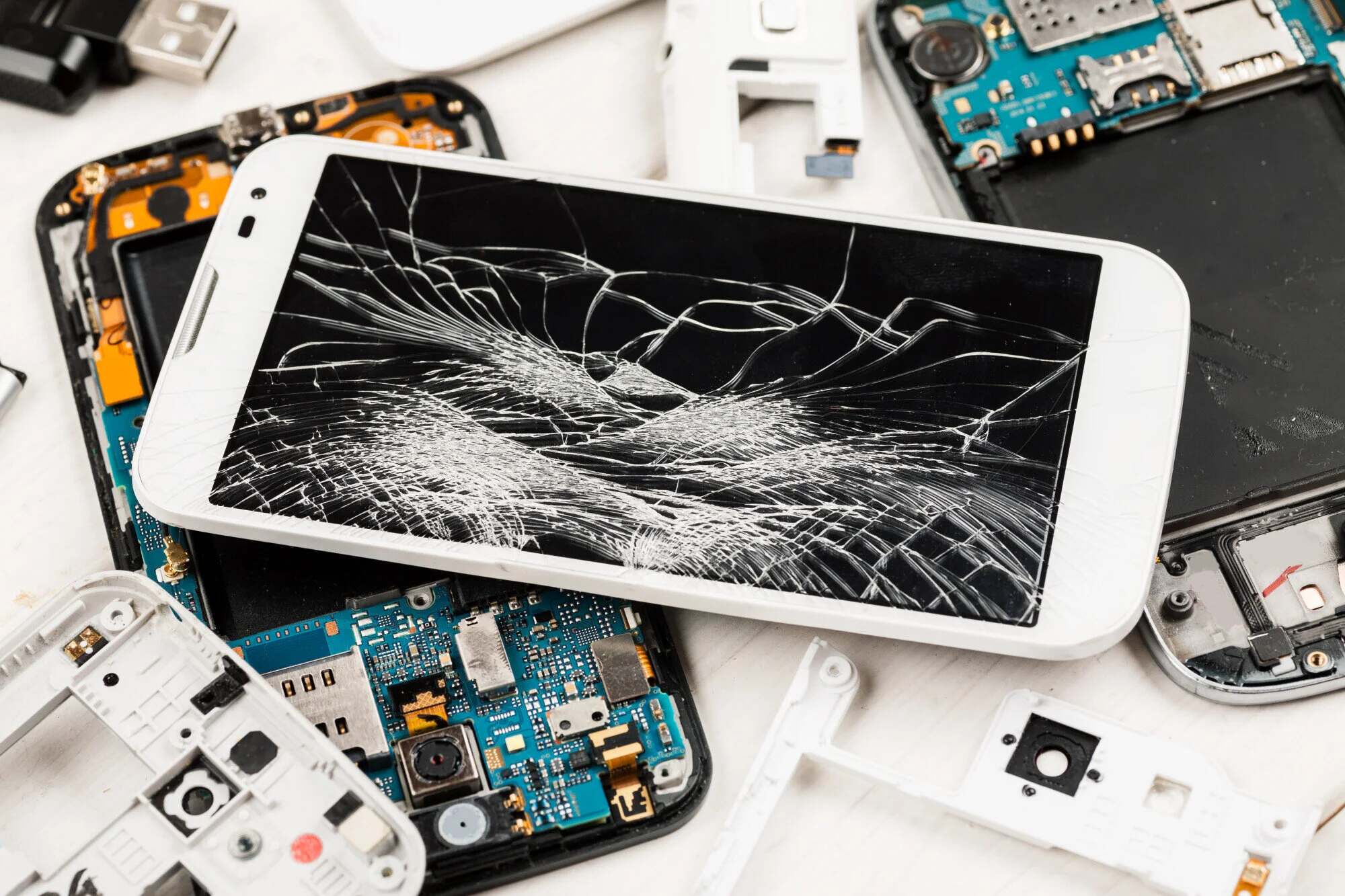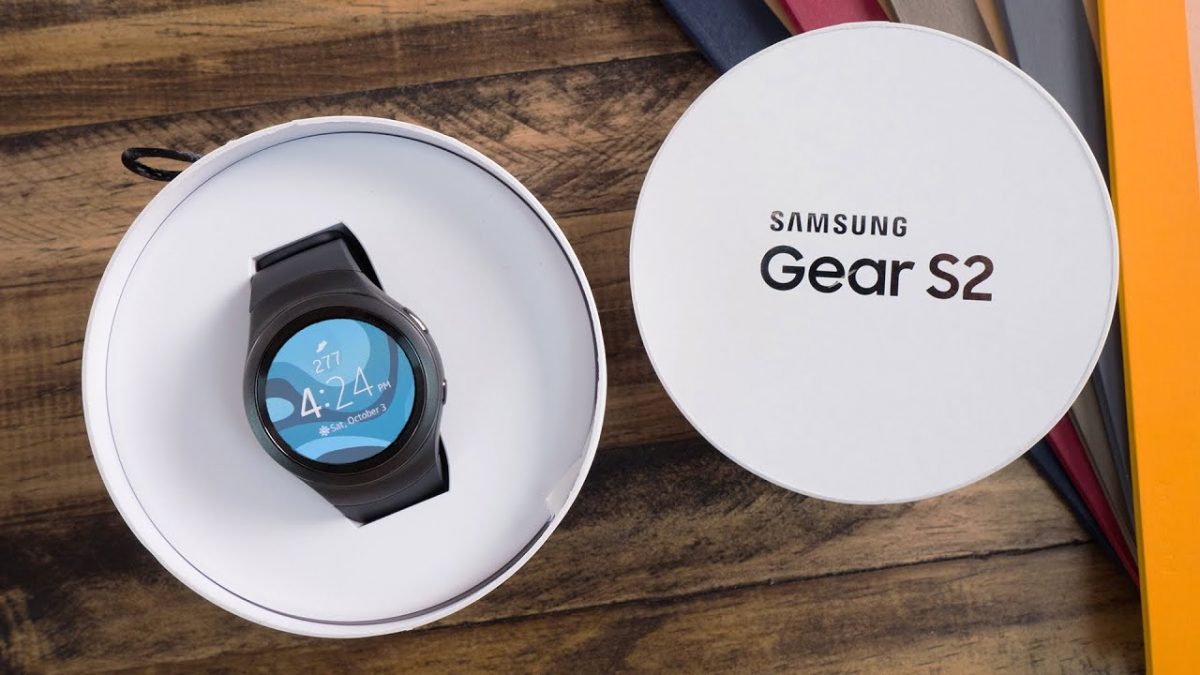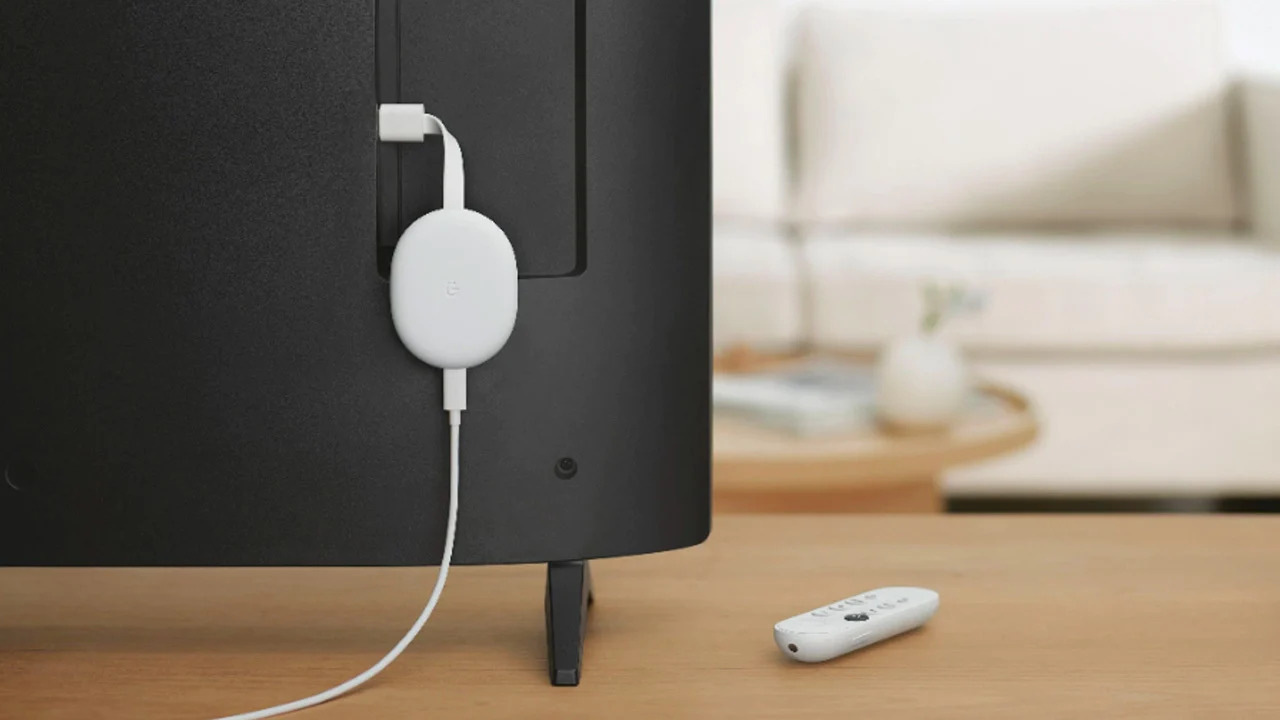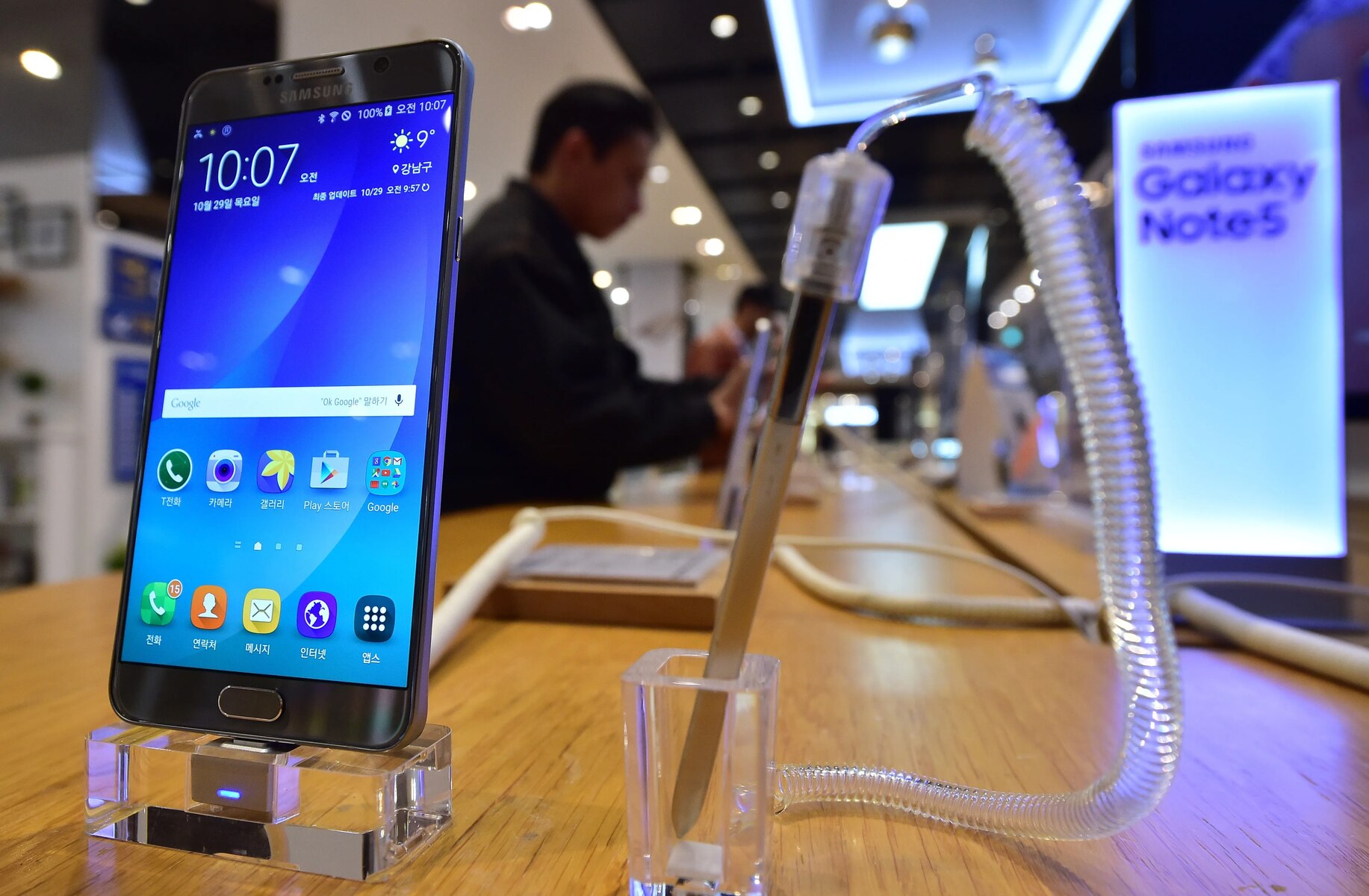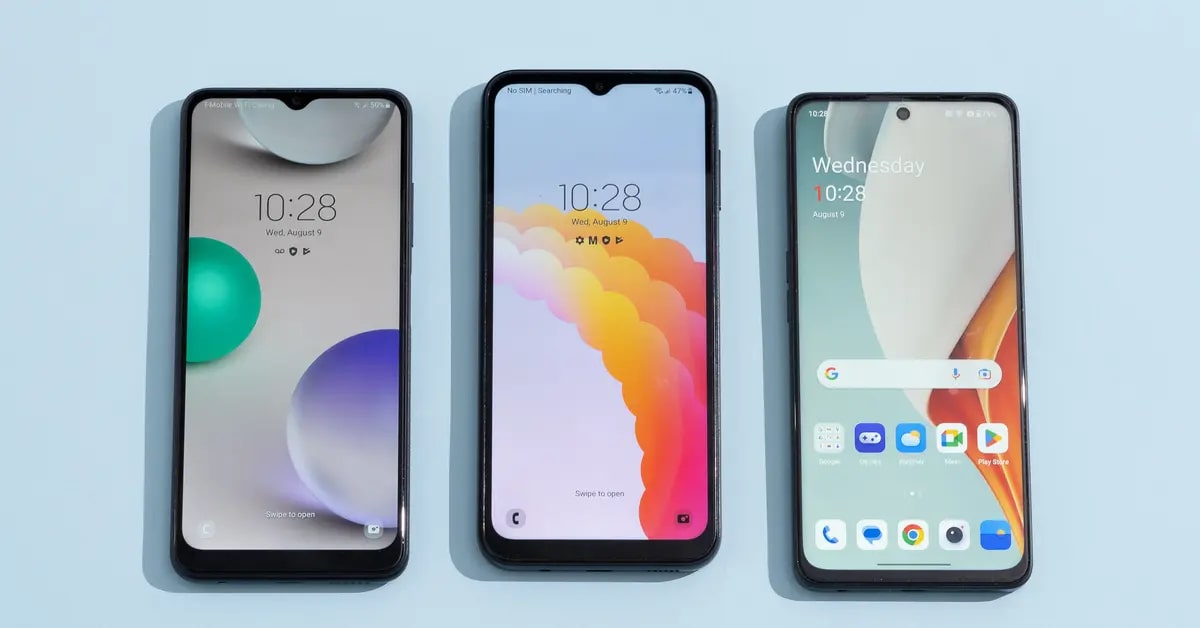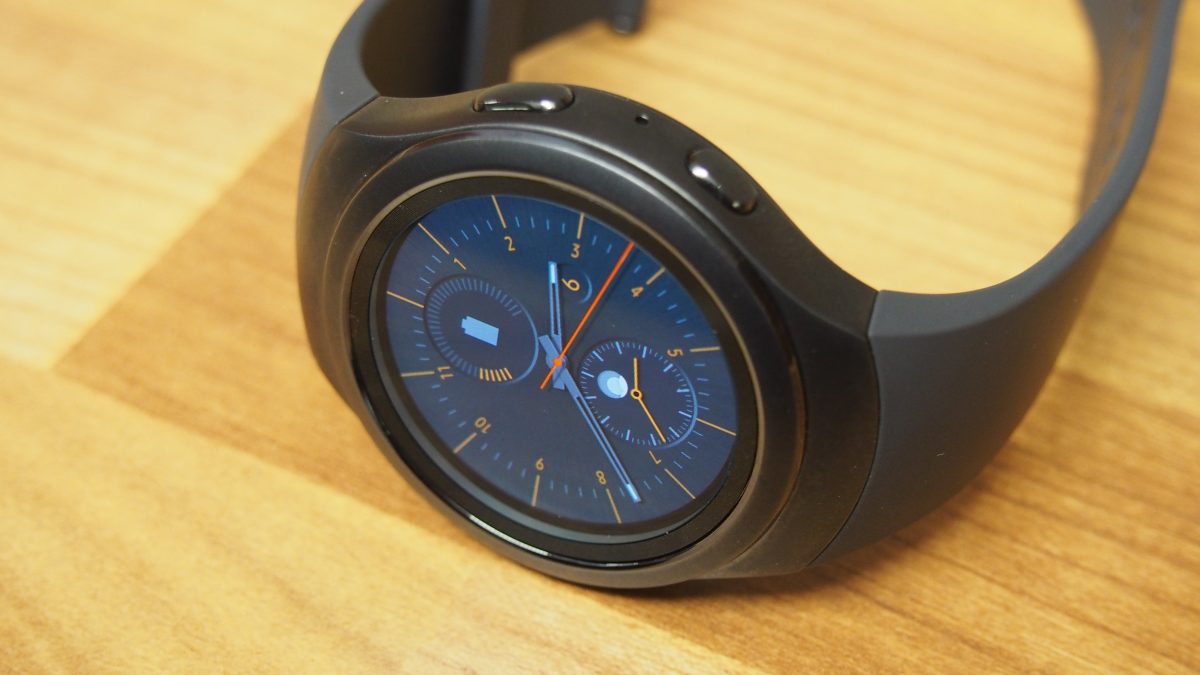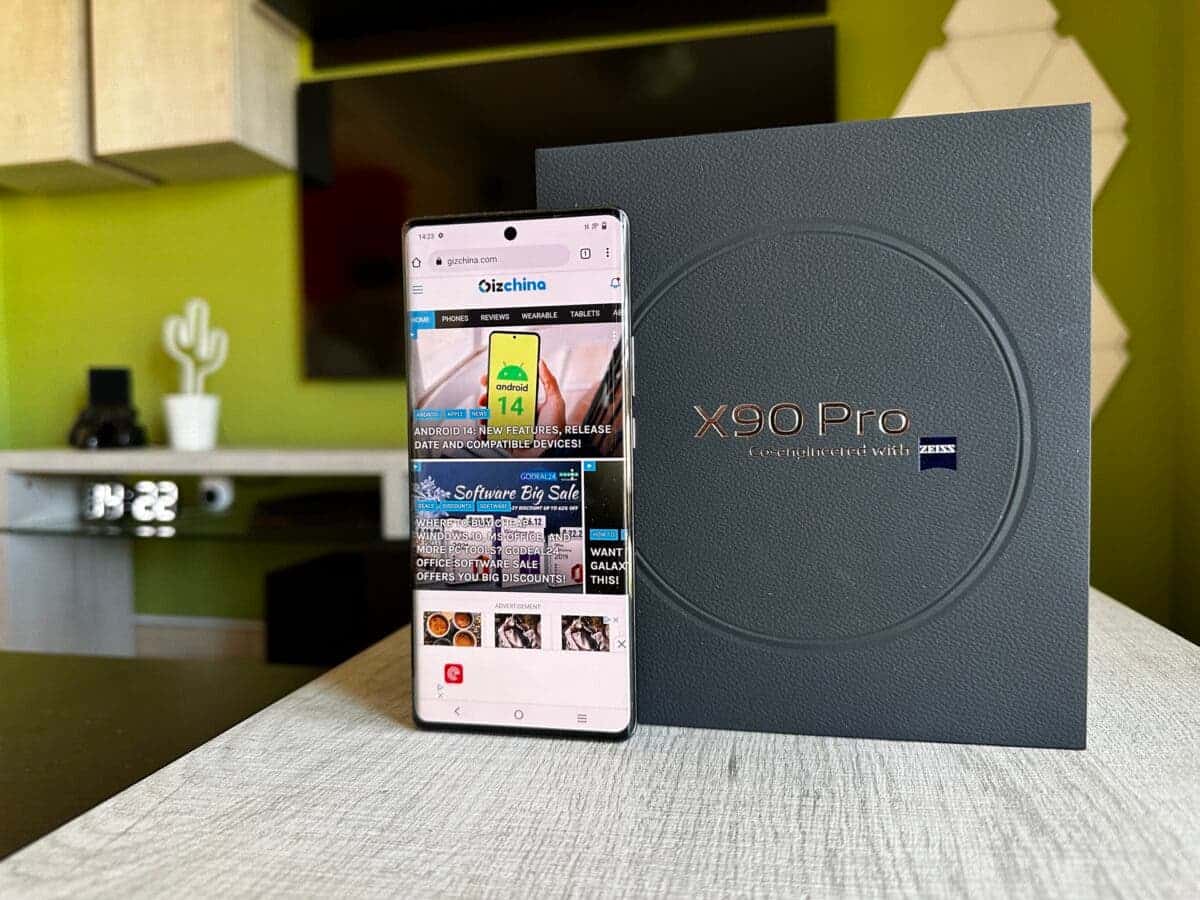Why Replace Smartphone Screens?
Smartphone screens are an integral part of our daily lives. We rely on them for various tasks, ranging from checking emails and social media to watching videos and playing games. However, accidents can happen, and screens can crack or get damaged over time. While smudges and scratches may not cause significant issues, shattered screens can drastically affect the functionality and usability of your smartphone.
There are several reasons why it is essential to replace a cracked or damaged smartphone screen:
- Improved Visual Experience: A cracked screen can obstruct your view, making it difficult to read text or view images and videos. By replacing the screen, you can restore a clear and immersive visual experience.
- Touch Sensitivity: Cracks in a screen can interfere with touch sensitivity, making it challenging to navigate through apps or type on the keyboard. A replacement screen will ensure smooth and responsive touch interactions.
- Prevent Further Damage: Ignoring a cracked screen can lead to more significant problems. Dust and moisture can seep into the phone through the cracks, potentially damaging internal components. By replacing the screen promptly, you can avoid costly repairs down the line.
- Preserve Resale Value: If you plan to sell or trade in your smartphone in the future, a cracked screen can significantly reduce its resale value. Replacing the screen will not only restore the device’s functionality but also enhance its aesthetic appeal.
Ultimately, replacing a damaged smartphone screen is essential to maintain the device’s functionality, enhance your user experience, and protect your investment.
Factors that Affect the Cost of Screen Replacement
When it comes to replacing a smartphone screen, the cost can vary depending on several factors. Understanding these factors can help you estimate the potential expenses and make an informed decision. Here are some key factors that can influence the cost of screen replacement:
- Device Brand and Model: The brand and model of your smartphone play a significant role in determining the cost of screen replacement. High-end or flagship devices tend to have more expensive screens compared to budget or older models.
- Screen Type: Different smartphones use various screen technologies, such as LCD, OLED, or AMOLED. OLED and AMOLED screens tend to be costlier to replace than LCD screens due to their intricate and advanced construction.
- Parts and Quality: The quality of the replacement screen can affect the cost. Original equipment manufacturer (OEM) screens are often more expensive but provide a higher quality and compatibility. Third-party screens may be cheaper, but the quality can vary.
- Repair Shop Location: The geographical location of the repair shop can impact the cost. Repair shops in urban areas or regions with a higher cost of living may charge more compared to those in suburban or rural areas.
- Warranty Coverage: If your smartphone is under warranty, the screen replacement cost may be covered by the manufacturer. However, this may depend on the type of damage and the terms of the warranty.
- Insurance Coverage: If you have insurance coverage for your smartphone, the cost of screen replacement may be partially or fully covered. It is essential to review your insurance policy and understand the coverage details.
Keep in mind that these factors can vary depending on the specific circumstances and the repair shop you choose. It’s always a good idea to get quotes from multiple repair shops and compare their prices and services.
By considering these factors, you can have a better understanding of the potential cost involved in replacing your smartphone screen. This knowledge will help you make an informed decision and find the most suitable option for your budget and needs.
Different Smartphone Screen Types and Their Costs
Smartphone screens come in various types, each with its unique characteristics and costs. Understanding the different screen types can help you make an informed decision when it comes to screen replacement. Here are some of the most common smartphone screen types and their associated costs:
- LCD (Liquid Crystal Display): LCD screens are commonly used in budget and mid-range smartphones. They offer decent visual quality and are typically more affordable to replace compared to other screen types. The cost of an LCD screen replacement can range from $50 to $150, depending on the device’s brand and model.
- OLED (Organic Light-Emitting Diode): OLED screens provide vibrant colors, high contrast ratios, and deep blacks. They are commonly found in premium smartphones. OLED screen replacements tend to be more expensive, ranging from $200 to $400, depending on the device.
- AMOLED (Active-Matrix Organic Light-Emitting Diode): AMOLED screens are an advanced version of OLED screens. They offer similar benefits, such as vivid colors and deep blacks. AMOLED screen replacements are typically in the same price range as OLED screens.
- Retina Display: Retina display is an Apple trademark for their high-resolution screens. They are found on iPhones and iPads. The cost of replacing a Retina display can vary, but it generally falls within the range of $100 to $300.
It’s important to note that these prices are approximate and can vary depending on the brand, model, and availability of replacement parts. Additionally, the prices may vary from one repair shop to another.
If you’re unsure about which screen type your smartphone has or the cost of replacement, it’s best to consult a professional repair technician or contact the manufacturer for accurate information.
By understanding the different smartphone screen types and their associated costs, you can make an informed decision when it comes to screen replacement and budget accordingly. Taking into consideration your device’s screen type will help you find the most suitable replacement option based on your preferences and budget constraints.
The Cost of Replacing iPhone Screens
iPhone screens are known for their crisp display and advanced technology, but they can be expensive to replace. The cost of replacing an iPhone screen can vary depending on several factors, including the model and the type of repair service you choose.
The cost of replacing an iPhone screen typically ranges from $100 to $400, depending on the model:
- iPhone SE (1st generation) and iPhone 6: The screen replacement cost for these older models is generally on the lower end, averaging around $100 to $150.
- iPhone 7 and iPhone 8: Replacing the screen for these models usually falls within the range of $150 to $250.
- iPhone X, iPhone XR, and iPhone 11: The screen replacement cost for these newer models can be higher, ranging from $200 to $300.
- iPhone 12 series: The cost of replacing screens for the iPhone 12 series can vary significantly, ranging from $300 to $400, due to the advanced display technology.
It’s important to note that these prices are approximate and can vary from one repair shop to another. Additionally, if your iPhone is still under warranty or AppleCare+, you may be eligible for reduced or even free screen replacement, depending on the type of damage and the warranty coverage.
When considering screen replacement for your iPhone, it’s essential to choose a reputable repair service. While third-party repair shops may offer lower prices, it’s recommended to opt for authorized Apple service providers or seek Apple’s official repair service to ensure high-quality replacement parts and expertise.
Repairing an iPhone screen can be costly, but it is often a worthwhile investment to restore the functionality and usability of your device. Consider the model of your iPhone, the repair options available, and any warranty or insurance coverage you may have to make an informed decision and find the best solution for your needs and budget.
The Cost of Replacing Android Screens
Android smartphones are widely used around the world, and the cost of replacing their screens can vary depending on the brand, model, and availability of replacement parts. While the cost can vary, here’s a general estimate of what you can expect when it comes to replacing Android screens:
- Budget or Mid-Range Android Phones: For budget or mid-range Android phones, the cost of screen replacement typically ranges from $50 to $150. These phones generally use LCD screens, which are more affordable to replace compared to higher-end models.
- Flagship Android Phones: High-end Android phones, such as Samsung Galaxy S series or Google Pixel phones, may have more expensive screens. The cost of replacing screens for these flagship models can range from $150 to $400, depending on the specific model and type of screen technology used.
- Other Factors: The cost of replacing Android screens can also depend on factors like repair shop location, availability of replacement parts, and the brand’s popularity. Popular brands like Samsung and Google may have more accessible and affordable replacement parts compared to less-known or lesser-supported brands.
It’s important to note that these prices are approximate and can vary depending on the specific circumstances and the repair shop you choose. It’s always a good idea to get quotes from multiple repair shops to compare prices and services.
When it comes to replacing Android screens, it’s advisable to choose a reputable repair service. Opt for authorized service providers or shops that specialize in Android phone repairs, as they are more likely to have the necessary expertise and access to genuine replacement parts.
Replacing an Android screen can be an investment to restore your device’s functionality and extend its lifespan. Consider the brand and model of your Android phone, the options available for screen replacement, and any warranty or insurance coverage you may have to make an informed decision and find the best solution for your needs and budget.
Tips for Reducing Screen Replacement Costs
Screen replacement costs can add up, but there are several tips you can follow to help minimize the expenses associated with replacing your smartphone screen. Consider these tips to reduce screen replacement costs:
- Use a Screen Protector: Applying a screen protector can help prevent scratches and minor damages to your smartphone screen. Investing in a high-quality screen protector can save you from having to replace the entire screen.
- Use a Protective Case: A durable and shock-absorbent phone case can provide additional protection for your smartphone. With a sturdy case, you can minimize the risk of dropping and damaging the screen.
- Consider Insurance or Extended Warranty: If you tend to be accident-prone or worry about screen damages, consider getting insurance or an extended warranty for your smartphone. This can help cover the cost of screen replacement or repairs, potentially saving you money in the long run.
- Compare Repair Shop Prices: Don’t settle for the first repair shop you come across. Take the time to research and compare prices from different repair services. Look for reputable repair shops that offer competitive pricing without compromising quality.
- Explore DIY Options: Depending on the smartphone model and damage, some screen replacements can be done by yourself. Explore tutorials and guides specifically for your device to assess whether a DIY repair is feasible. However, only attempt it if you have the necessary tools and confidence in your skills.
- Consider Refurbished or Used Screens: If you’re on a tight budget, you can inquire about refurbished or used screens. These screens are often cheaper than brand new ones, but make sure to purchase from a reputable source.
- Take Preventive Measures: Avoid using your smartphone in risky situations, such as near water or at heights. Practicing caution can lower the chances of accidental drops or damage to your screen.
Implementing these tips can help you reduce screen replacement costs and extend the lifespan of your smartphone. However, it’s essential to strike a balance between cost-saving measures and prioritizing the quality and functionality of your device.
Where to Get Smartphone Screens Replaced
When it comes to getting your smartphone screen replaced, you have a few options to choose from. Here are some common places where you can get your smartphone screen replaced:
- Manufacturer’s Service Centers: If your smartphone is still under warranty or you prefer authorized repair services, you can visit the manufacturer’s service center. This ensures that your screen replacement will be done with genuine parts and in accordance with the manufacturer’s guidelines.
- Third-Party Repair Shops: There are numerous third-party repair shops specializing in smartphone repairs. These repair shops often offer competitive pricing and may use high-quality replacement screens. It’s important to research and read reviews to find a reputable and trustworthy repair shop.
- Online Repair Services: Some online-based repair services allow you to mail your smartphone for screen replacement. This option can be convenient if you don’t have a local repair shop or prefer the convenience of shipping your device.
- Mobile Repair Technicians: Independent mobile repair technicians offer on-site or mobile repair services, where they come to your location to replace your smartphone screen. This can be a convenient option if you prefer not to leave your device or if you have a busy schedule.
When choosing where to get your smartphone screen replaced, consider factors such as cost, quality of parts, turnaround time, and warranty offered by the repair service. It’s important to find a reputable and reliable source that can provide a satisfactory and long-lasting screen replacement.
Regardless of the option you choose, ensure that the repair service you select has experience in replacing screens for your specific smartphone model. This will help ensure that they have the necessary expertise and tools to perform the replacement correctly.
Remember to back up your smartphone data before handing it over for screen replacement. While rare, there is always a small chance of data loss during the repair process.
By exploring these options and considering your specific needs, you can find the most suitable place to get your smartphone screen replaced, ensuring a high-quality repair at a reasonable cost.
DIY vs. Professional Screen Replacement: Which is More Cost-Effective?
When faced with a cracked or damaged smartphone screen, you might wonder whether it’s more cost-effective to attempt a DIY screen replacement or seek professional help. Let’s compare the two options to help you make an informed decision:
DIY Screen Replacement:
- Lower Cost: DIY screen replacements are often more cost-effective initially as you only need to purchase the replacement screen and any necessary tools.
- No Labor Charges: Since you’ll be doing the repair yourself, you won’t have to pay for professional labor charges.
- Risks of Mistakes: DIY repairs come with their fair share of risks. If you’re not experienced or confident in your technical skills, you may end up causing further damage to your smartphone, resulting in additional repair costs.
- Limited Warranty: DIY repairs typically don’t come with a warranty for the replaced screen or any potential issues that may arise after the repair.
Professional Screen Replacement:
- Expertise and Quality: Professional repair technicians have the experience and expertise to handle screen replacements accurately. They also use high-quality replacement screens.
- Reduced Risks: By choosing professional screen replacement, you minimize the risks of damaging your device further since the repair will be done by trained technicians.
- Warranty Coverage: Reputable repair services offer warranty coverage for the replaced screen and may also provide additional support if any issues arise after the repair.
- Convenience and Time: Professional screen replacement services offer convenience and save you time, as the repair will be done by experts, usually with quick turnaround times.
While DIY screen replacement may seem more cost-effective initially, the risks involved can result in additional expenses. Professional screen replacement ensures a higher-quality repair, reduced risks, and warranty coverage for peace of mind. However, it’s essential to compare the costs between different professional repair services and choose a reputable one that offers reasonable pricing and quality service.
In the end, the decision between DIY and professional screen replacement depends on your technical skills, comfort level, and willingness to assume the associated risks. If you’re confident in your abilities and have successfully performed similar repairs in the past, a DIY approach might be suitable. Otherwise, it’s generally advisable to opt for professional screen replacement to ensure a reliable and durable repair.
Warranty and Insurance Coverage for Screen Replacement
When it comes to screen replacement for your smartphone, it’s essential to consider any warranty or insurance coverage you may have. Understanding the terms and conditions of your warranty or insurance policy can help you determine if the cost of screen replacement will be covered. Here’s a breakdown of the warranty and insurance coverage options:
Manufacturer’s Warranty:
- Inclusions: Some smartphone manufacturers offer a limited warranty that covers manufacturing defects, including screen issues, within a specific period. If your device is still within the warranty period, the cost of screen replacement may be covered.
- Exclusions: Manufacturer’s warranties typically do not cover accidental damage, such as cracked screens caused by drops or mishandling. It’s important to review the warranty terms to understand the specific coverage details.
Extended Warranty:
- Inclusions: Extended warranties, purchased separately, provide an extended period of coverage beyond the manufacturer’s warranty. Some extended warranties may cover accidental damage, including screen replacements, depending on the terms of the policy.
- Exclusions: Similar to the manufacturer’s warranty, extended warranties may have specific exclusions and limitations. It’s crucial to review the policy to understand what is covered and what is not.
Insurance Coverage:
- Inclusions: Smartphone insurance, often offered through third-party providers, can provide coverage for accidental damage, including cracked screens. If you have insurance coverage, you may be able to get your screen replacement cost partially or fully covered.
- Exclusions: Insurance policies may have deductibles, claim limits, and specific conditions for coverage. Some policies may require you to pay a portion of the screen replacement cost as a deductible.
It’s important to review the terms and conditions of your warranty or insurance coverage to determine the extent of coverage for screen replacement. Contact the manufacturer or your insurance provider to inquire about the specific details, including any associated costs or limitations.
Keep in mind that warranty and insurance coverage may differ based on your location and the specific provider. Make sure to retain proof of purchase and any required documents when seeking warranty or insurance coverage for screen replacement.
Understanding your warranty or insurance coverage can potentially save you money on screen replacements. Be sure to clarify any doubts or questions you have before proceeding with a repair to make the most of your coverage.
Final Thoughts: Saving Money on Smartphone Screen Replacements
Replacing a smartphone screen can be a costly endeavor, but there are several steps you can take to save money on screen replacements while ensuring a quality repair. Here are some final thoughts and tips:
- Preventive Measures: Take proactive steps to prevent screen damage by using a screen protector, applying a protective case, and handling your smartphone with care.
- Warranty and Insurance: Review your warranty and insurance coverage to determine if screen replacement costs are covered. Take advantage of any available coverage to minimize out-of-pocket expenses.
- Comparison Shopping: Obtain quotes from multiple repair shops and compare their pricing, services, and reputation. Balance cost-effectiveness with the quality of service provided.
- Consider DIY (if confident): If you have technical skills and experience, opting for a DIY screen replacement may be more cost-effective. However, proceed with caution and ensure you have the necessary tools and knowledge.
- Refurbished or Used Screens: Inquire about refurbished or used screens as a more affordable alternative. Just be sure to purchase from reputable sources to ensure quality.
- Authorized Service Providers: Choose authorized service providers or manufacturer’s service centers for guaranteed quality and compatible replacement screens.
- Proper Research: Thoroughly research the repair options available for your specific smartphone model. Read reviews, seek recommendations, and consider the expertise and reputation of the repair service.
- Maintain Device Health: Regularly maintain and clean your smartphone to keep it in good working condition, reducing the likelihood of needing screen replacements.
Ultimately, finding the right balance between cost-effectiveness and quality is essential when it comes to smartphone screen replacements. While it’s essential to save money, it’s equally important to ensure that the repairs are done correctly and with reliable replacement parts.
Remember that the information provided in this article is for general guidance, and individual circumstances may vary. It’s recommended to consult with professionals or the manufacturer for specific advice tailored to your smartphone and situation.
By following these tips and being proactive about protecting your smartphone, you can minimize the frequency and cost of screen replacements, extending the lifespan of your device and saving money in the long run.







